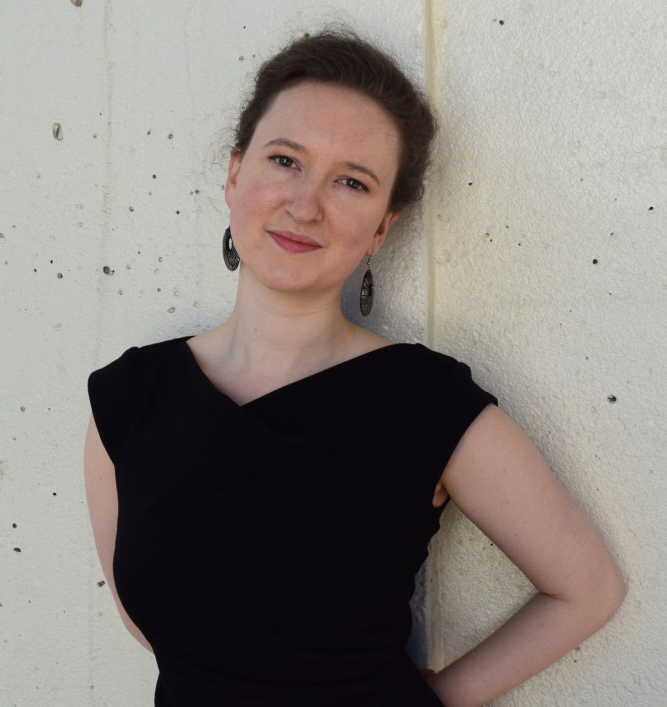by Daniel Hathaway

On Sunday, challenging ears and expectations, Les Délices performed its program “Intoxicating,” featuring music by the well-known Guillaume de Machaut; the obscure composers Solage, Hasprois, Antonello de Caserta; and the ever-prolific Anonymous, to a capacity audience in Herr Chapel of Plymouth Church in Shaker Heights.
In these pieces, text setting seems capricious rather than directly illustrative of the words. Musical phrases come in non-standard lengths, and harmonies meander rather than point toward clear musical goals. When the music does come to a halt at a cadence, it’s usually the result of the linear movement of melodic lines — often decked out with double leading tones. And sections and pieces end on unisons or open fifths without that middle note that signals major or minor in later music. But once you immerse yourself in the music and let it carry you along on its own itinerary, the experience is mesmerizing.
Five excellent tour guides — soprano Elena Mullins, tenor Jason McStoots, and instrumentalists Scott Metcalfe, Charles Weaver, and Debra Nagy — led the journey through the program’s four sections with easy virtuosity. In addition to playing vielle, harp, lute, and medieval winds, the trio of instrumentalists also sang, negotiating some wickedly complicated contrapuntal lines that didn’t mind clashing with each other on a regular basis.

Nagy was the supple vocal soloist in the mysterious Solage’s En l’amourex vergier — giving credence to the notion she expressed in an interview that this was the 14th-century equivalent of a pop song. Mullins brought the section to a conclusion with her alluring performance of the anonymous Rose sans per.
The ensemble had great fun both curating and performing the “Up in Smoke” section. It’s speculative what 14th-century poets and musicians were toking centuries before tobacco made its appearance from the New World, but the four works — two anonymous and one each by Hasprois and Solage — are surrounded by a halo of fog and ambiguity. The most peculiar both in meaning and harmonic progression, Solage’s Fumeux fume par fumee received a striking, sotto voce performance by the vocal trio of Nagy, Weaver, and McStoots.
Debra Nagy channeled 14th-century composers Jehan Lescurel and Machaut, extending their ideas into two new Estampies or dances that led off the “Bacchanalia” section, and deftly arranged the anonymous Je voy le bon tems venir for Mullins and McStoots.

Like the Cordier, many of the works on Sunday’s program came from the Chantilly Codex, an elegant volume held by the Musée Conde in the former Chateau de Chantilly. Many have admired its pages over the centuries but few have brought any of its 112 pieces to the attention of modern ears. It was lovely to be able to spend just over an hour dipping into this repertoire thanks to the curatorial skills of Debra Nagy and Scott Metcalfe, who decoded these works and, with the help of their excellent colleagues, brought them vibrantly back to life.
Published on ClevelandClassical.com January 15, 2018.
Click here for a printable copy of this article



